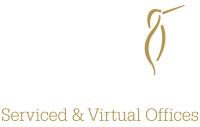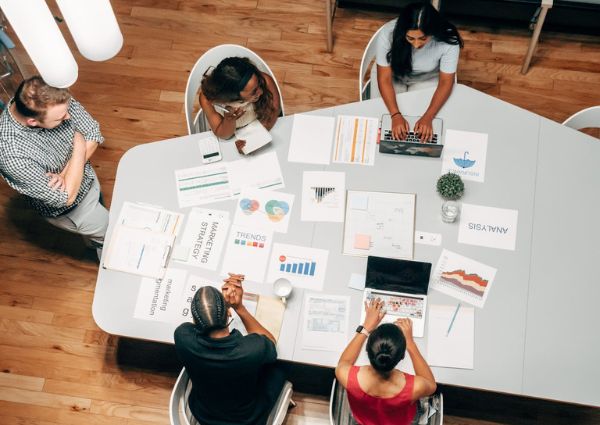
Empowering the business owners of the future
March 18, 2024
Adopting a confident workplace culture
May 1, 2024Efficient meetings
Maximising the effectiveness of team meetings is crucial for any organisation's success. Time management techniques play a pivotal role in ensuring meetings are productive and have desired outcomes. For example, timeboxing is a revolutionary technique that can transform the way meetings are conducted. By assigning specific time slots to each agenda item and committing to sticking to them, you can ensure meetings stay focused and on track. A trusty timer becomes your best friend in this process. With timeboxing, you'll witness a significant boost in productivity and efficiency during meetings.
Plus, implementing a company meeting governance framework can provide clear guidelines on how meetings should be conducted. This ensures that meetings are constructive, inclusive, and adhere to company policies. Emphasising the policy of "no idea is a bad idea" fosters a culture of creativity and collaboration, while giving everyone ample time to voice their thoughts without wasting precious time.
Here are some strategies and fun techniques that can help you manage meetings like a boss:
Set clear objectives: Start by defining the purpose and desired outcomes of the meeting. Clearly communicate these objectives to participants beforehand to ensure everyone is aligned on what needs to be accomplished. Establishing a clear agenda prevents meetings from becoming disorganised and ensures that discussions remain focused and structured.
Limit attendees: Only invite individuals who are directly relevant to the meeting agenda and can contribute meaningfully to the discussion. This helps prevent overcrowding and ensures a more focused and efficient meeting.
Location counts: Choosing the right meeting location is essential for accommodating participants comfortably and facilitating effective communication.
When to schedule meetings: Strike a balance between morning and afternoon meetings to accommodate diverse schedules and prevent fatigue.
Meeting duration: Conduct meetings efficiently to cover all agenda points without prolonging discussions.
Refreshments: While offering refreshments can be a nice gesture, it's essential to avoid overdoing it to prevent prolonging meetings unnecessarily.
Facilitate participation: Encourage active participation from all attendees by creating a supportive and inclusive environment. Use techniques like round-robin discussions, brainstorming sessions, and open-floor Q&A to solicit input from everyone.
Manage discussion dynamics: Keep discussions productive by managing interruptions, staying on topic, and addressing any conflicts or divergent viewpoints constructively. Set ground rules for communication and ensure everyone has an opportunity to speak.
Use visual aids: Incorporate visual aids such as slides, diagrams, or charts to enhance clarity and understanding during presentations or discussions. Visuals can help reinforce key points and keep participants engaged.
Take effective notes: Designate someone to take comprehensive meeting minutes or notes to document decisions, action items, and follow-up tasks. Share these notes with attendees after the meeting to ensure accountability and alignment. Digital recording of meetings can aid absentees in catching up and ensure everyone leaves with the same understanding.
Follow up: After the meeting, circulate a summary of key takeaways, action items, and deadlines to all participants. Follow up on action items promptly and track progress to ensure accountability and momentum.
Seek feedback: Continuously solicit feedback from attendees to identify areas for improvement and refine meeting governance processes. Encourage open dialogue about what worked well and what could be done differently to enhance future meetings.
Managing remote and in-person meetings: Invest in meeting technologies like 360-degree cameras and microphones to ensure seamless participation for both remote and in-person attendees.
By implementing these effective meeting management techniques, you can optimise the use of time, resources, and talent, leading to more productive, engaging, and successful meetings. However, don’t forget to inject some fun and interactive elements into meetings to help keep participants engaged.
Summary
Effective management of team meetings requires a combination of time management techniques, clear guidelines, and thoughtful considerations. By implementing strategies like timeboxing, establishing company meeting governance, and asking pertinent questions, you can enhance the productivity and outcomes of your meetings. Remember, managing meetings like a boss isn't just about efficiency—it's about creating an environment that fosters collaboration, creativity, and meaningful contributions from all participants.





